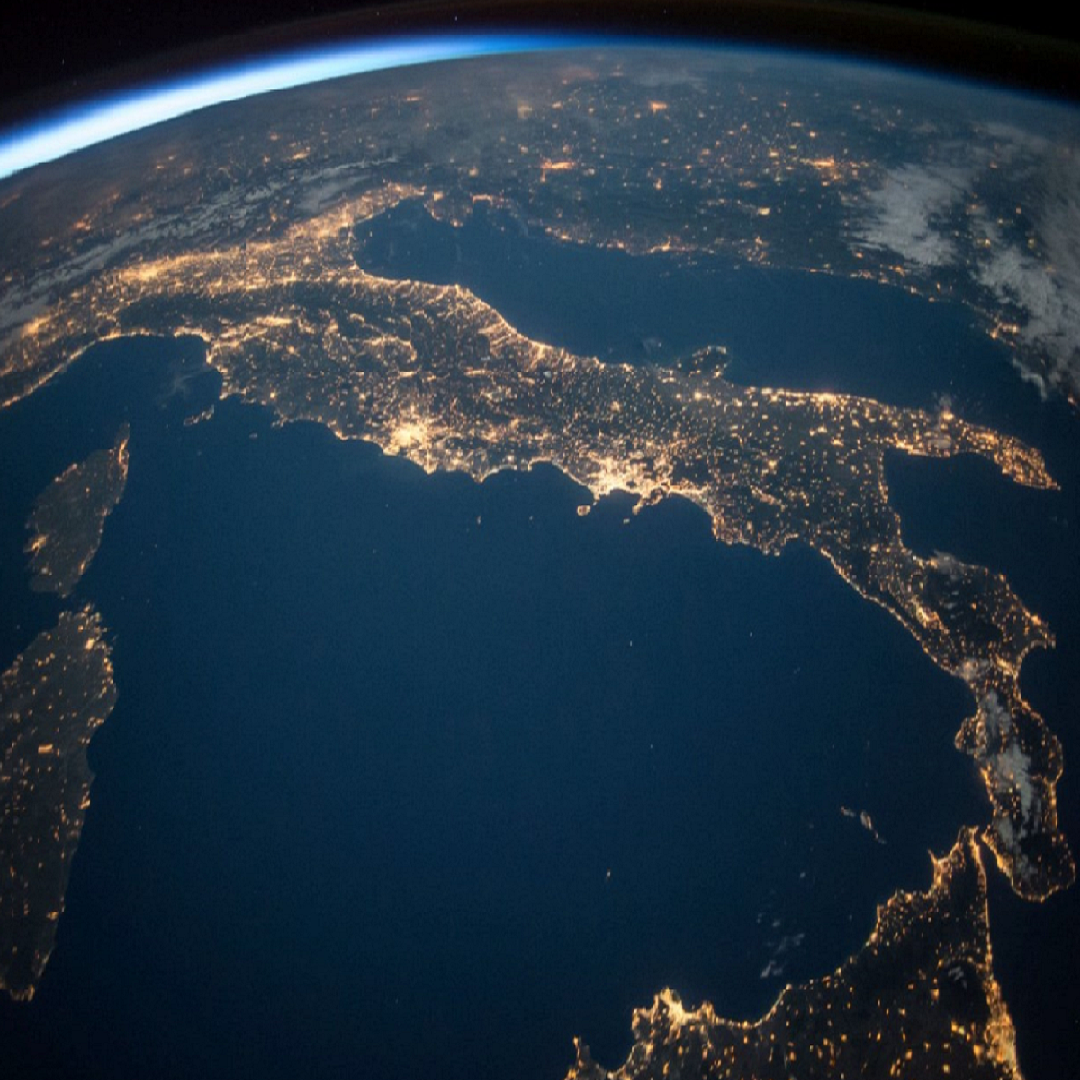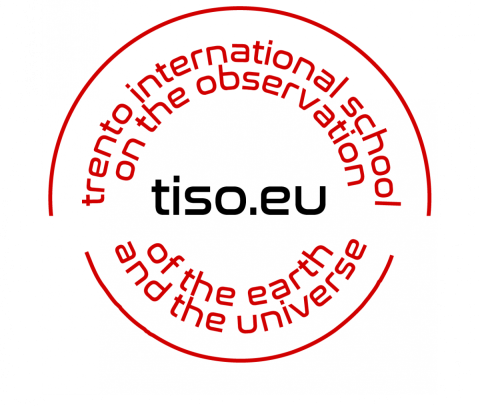
The exploration of the Solar System: current and future plans

Abstract
Radio and microwave waves penetrate media opaque to visible light, enabling active sensors on deep space missions to gather data on Solar System bodies' topography, structure, and composition. Radar sensors, utilized since the 1970s, have mapped lunar Maria thickness, searched for ground ice in shadowed craters on the Moon, studied Venus's surface morphology, assessed Mars's polar caps and volcanic deposits, explored Titan's geology and hydrology, and analysed comet nucleus density and composition. Developing analysis methods and electromagnetic propagation simulations are crucial due to the lack of ground truth for data calibration. Future missions plan to use radar to study Jupiter's moons and continue exploring Solar System objects.
Online Attendance
https://unitn.zoom.us/j/88987362284?pwd=VlVKQzJVNXRuK2taM2R5TXNYTzRxdz09
ID riunione: 889 8736 2284
Codice d’accesso: 615392
